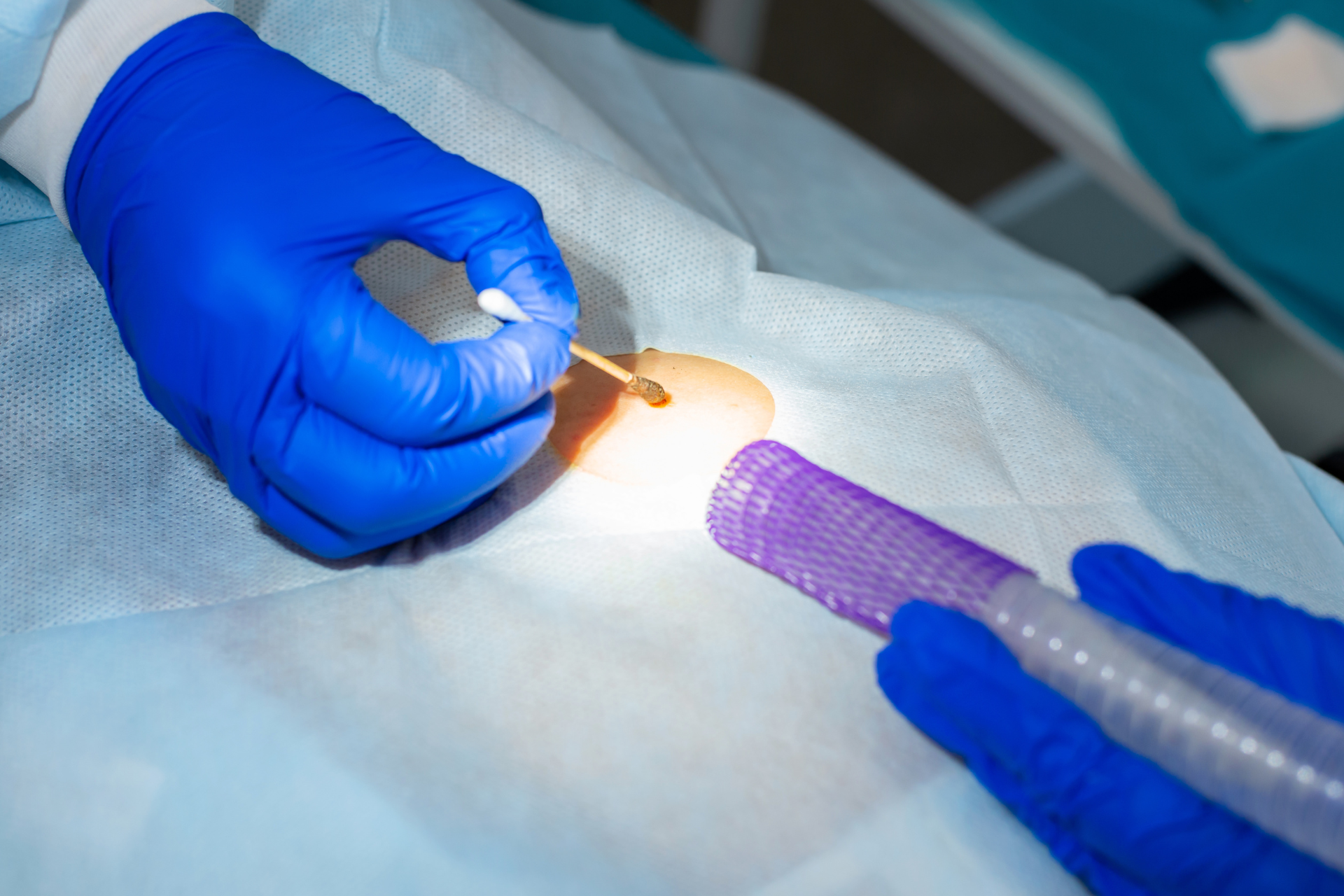Mole Removal: What to Expect from This Safe and Effective Procedure

Moles are common on the skin and usually harmless, but in some cases, they can be a cause for concern, both aesthetically and from a health perspective. If you're considering mole removal, it's essential to understand the process to alleviate any anxiety and ensure a smooth experience. Fall Creek Skin and Health Clinic offers safe and effective mole removal procedures to help you achieve clear and healthy skin.
Understanding Mole Removal
Mole removal is a common dermatological procedure that involves the removal of moles or skin lesions for either cosmetic reasons or to prevent potential health risks. At Fall Creek Skin and Health Clinic, our experienced dermatologists conduct a thorough evaluation of your moles to determine the best course of action.
Consultation and Evaluation
The first step in the mole removal process is a consultation with our dermatologist. During this initial appointment, you will discuss your concerns, medical history, and any symptoms associated with the mole. Our dermatologist will then perform a comprehensive evaluation of the mole, assessing its size, shape, color, and borders to determine if further examination or removal is necessary.
Types of Mole Removal Procedures
There are various methods for removing moles, depending on the size, location, and type of mole. Fall Creek Skin and Health Clinic offers the following mole removal techniques:
1. Surgical Excision
This method involves cutting out the entire mole and a surrounding border of healthy skin. It is typically used for larger moles or those suspected of being cancerous.
2. Shave Excision
For smaller, non-cancerous moles, a shave excision may be performed. The mole is shaved off at skin level using a scalpel.
3. Laser Removal
Laser technology can be used to target pigmented cells in the mole selectively. This method is effective for smaller, non-cancerous moles and offers minimal scarring.
4. Freezing (Cryotherapy)
Cryotherapy involves freezing the mole using liquid nitrogen, causing it to blister and eventually fall off. This method is suitable for superficial moles.
What to Expect During the Procedure
On the day of your mole removal procedure, our dermatologist will cleanse the area and administer a local anesthetic to ensure your comfort. The chosen removal technique will be performed, with surgical excisions and shave excisions typically requiring sutures to close the wound.
After the procedure, you may experience some redness, swelling, or tenderness in the area, which is normal. Our dermatologist will provide you with detailed aftercare instructions to promote proper healing and reduce the risk of infection.
The Benefits of Mole Removal
Mole removal offers both cosmetic and health benefits. By removing unsightly or bothersome moles, you can enhance your self-confidence and prevent potential skin irritations. Additionally, the removal of suspicious or atypical moles can help identify skin cancer at an early stage, improving treatment outcomes.
Affordable and Comprehensive Care at Fall Creek Skin and Health Clinic
At Fall Creek Skin and Health Clinic, we prioritize the health and wellbeing of our patients. Our team of skilled dermatologists and healthcare professionals is committed to delivering safe and effective mole removal procedures in a comfortable and welcoming environment.
If you have concerns about a mole or are considering mole removal, schedule a consultation with us today. Our experts will provide personalized care and guidance throughout the process, ensuring your experience is seamless and successful.
Don't let moles detract from your skin's natural beauty. Trust Fall Creek Skin and Health Clinic to help you achieve clear, healthy skin through safe and effective mole removal procedures. Contact us today to learn more about our services and schedule your consultation. Your skin health is our priority.



Need Our Services?
Book a free consultation

Our promise is to offer high-quality medical attention at a fair price in a clean, friendly, and professional environment.
QUICK LINKS
BUSINESS HOURS
- Mon - Thu
- -
- Friday
- -
- Saturday
- Appointment Only
- Sunday
- Closed
All Rights Reserved | Fall Creek Skin and Health Clinic |
